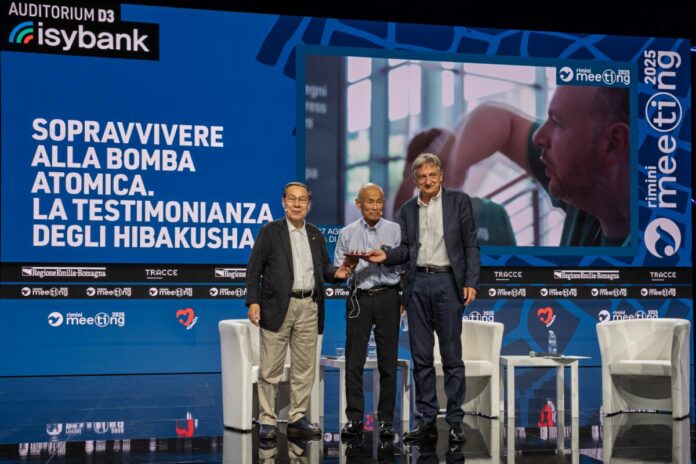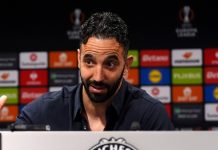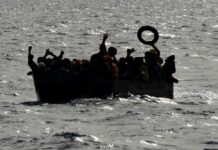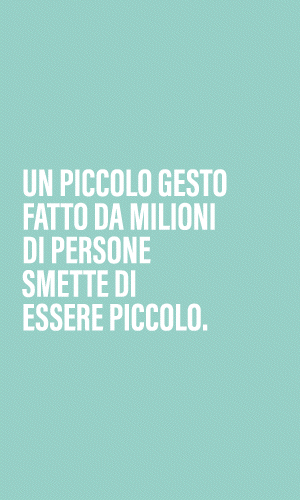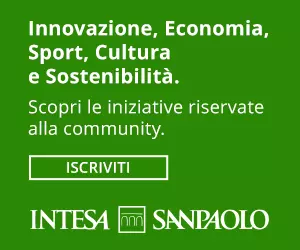RIMINI (ITALPRESS/MNA) – At the Meeting in Rimini, an ancient yet ever-new voice was heard: that of the Hibakusha, survivors of the atomic bombings of Hiroshima and Nagasaki. Eighty years after the explosions that forever marked human history, two extraordinary witnesses – Toshiyuki Mimaki, president of the Nihon Hidankyo Organization and 2024 Nobel Peace Prize laureate, and Professor Masao Tomonaga, physician at Nagasaki University – shared what it means to live after nuclear hell, and how to transform pain into a lifelong commitment to peace.
The meeting, moderated by Bernhard Scholz, president of the Meeting Foundation, was accompanied by a symbolic gesture: the delivery of 10,000 origami cranes, made by Japanese communities as prayers for peace. “Each fold is a prayer,” they recalled, “so that memory may become hope.”
The dialogue opened with the reading of a message from Archbishop Peter Michiaki Nakamura of Nagasaki: “This year marks the 80th anniversary of the atomic bombings. The number of survivors is dwindling, and we are entering a generation with no living memory of war. That is why the testimony of the Hibakusha is even more precious: it is a seed of peace that must reach the entire world.”
Mimaki, who was just three years old when the bomb fell on Hiroshima, retraced his personal story and the history of theHidankyo movement, founded in 1956. “Our conviction,” he said, “is that nuclear weapons and humanity cannot coexist. Humanity must live.” Recalling his predecessor Sunao Tsuboi, he cited his motto: “Never give up.” These words have guided decades of civic and international struggles for the abolition of nuclear weapons.
Moments of deep intensity marked his testimony: “In 2014, while speaking in the United States, I began by apologizing for Japan’s attack on Pearl Harbor. At the end, a young American woman handed me a letter: ‘We must apologize to Japan for Hiroshima and Nagasaki.’ It was then I realized that true peace is born of mutual forgiveness.”
Mimaki also recalled the honour of meeting President Sergio Mattarella in Hiroshima in March 2025: “He told me that our struggle for a better world touches everyone, because we turn pain into warning, and tragedy into commitment.”
Professor Masao Tomonaga, born in Nagasaki in 1945, wove together his own biography as a Hibakusha with his career as a doctor and researcher. “Many of us survived the initial devastation and, though scarred in body and soul, found the strength to rebuild. Just three months later, people were already putting up makeshift huts, forming new families. Today, the average age of Hibakusha is 86, yet we continue to bear witness.”
He spoke about the scientific findings: “Radiation damaged the DNA of stem cells. The anomalies can remain silent for decades, causing cancers even 80 years later. I myself had prostate cancer, treated with new radiological therapies. But the effects of exposure are permanent: that is why nuclear weapons are inhuman by their very nature.”
Tomonaga reminded the audience that the Hibakusha movement has so far prevented the use of a third atomic bomb: “We shouted to the world: Nagasaki must be the last city ever struck by an atomic bomb. But today, the nuclear taboo is weakening. After Russiàs invasion of Ukraine and Moscow’s threats, the possibility of renewed nuclear use has become concrete.” Hence his appeal to the younger generations: “We Hibakusha will not be here forever. In a few years our generation will vanish. It is up to young people to create a global solidarity capable of bridging the divide between nuclear and non-nuclear states. They have both the right and the responsibility to build a world free of nuclear weapons.”
Both Mimaki and Tomonaga stressed the importance of transmitting memory: “In the schools of Hiroshima and Nagasaki, children learn the exact date and time of the explosions, visit museums, listen to our stories, and sing the song of peace. We want young people in other countries to share in this experience too.” Looking at the Meeting’s young volunteers, Mimaki concluded: “I was struck by the dedication of the youth. You are the true protagonists of peace. I hope one day the youth of Hiroshima and Nagasaki will come to the Meeting to work alongside you, to create friendship and solidarity.” His final words resonated like a legacy: “Never give up. This has guided my life, and I offer it to the young as a promise of peace.”
The encounter demonstrated how memory can be lived not as resentment, but as responsibility. “Each victim,” Scholz reminded, “is not a number, but a person with a life and a story. The testimony of the Hibakusha tells us that evil can be overcome and transformed into a greater good.”
The Rimini Meeting once again affirmed itself as a crossroads where memory becomes present – a place where the voice of survivors calls us to act today in order to build peace.
– Photo: Rimini Meeting 2025 –
(ITALPRESS).






